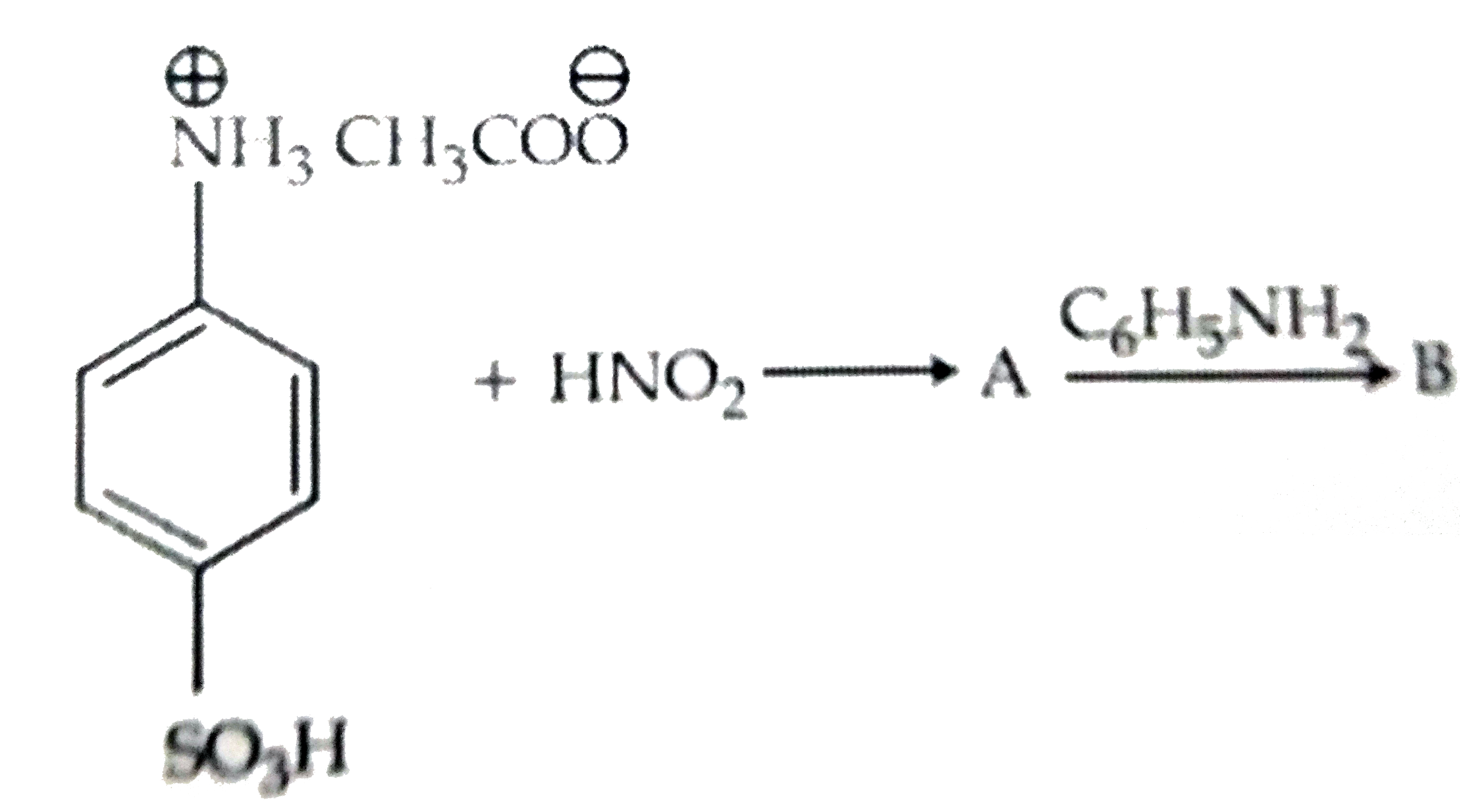Auxospores and hormocysts are formed respectively by
A
several diatoms and a few cyanobacteria
B
several cyanobacteria and several diatoms
C
some diatoms and several cyanobacteria
D
some cyanobacteria and many diatoms
Video Solution
Text Solution
The correct Answer is:A
(a) Auxospores and hormocysts are formed by several diatoms and a few cyanobacteria respectively. Bacillariophyceae members (diatoms) are microscopic, eukaryotic, unicellular of colonial coccoid algae. These algae are sexually reproduced by the formation of auxospores in most cases. Bozi (1914) and Fermi (1930) reported that short sections of living cells att the tips of the trichomes of Wertiella lanosa become invested by a thick, lamellated, pigmented sheath. Such multicellular spore like structures function as perennating bodies. They are specially modified hormogones and are called hormospores or hormocysts.
|
Updated on:21/07/2023
Topper's Solved these Questions
Similar Questions
Knowledge Check
- Question 1 - Select One
Fats and oils are formed from respectively.
Aglycerol and long chain unsaturated acids onlyBglycerol and long chain: saturated acids onlyCglycerol and long chain saturated acids and unsaturated acidsDethylene glycol and long chain unsaturated and saturated acids - Question 2 - Select One
Auxospores are formed by -
ADiatomsBEuglenoidsCDinoflagellatesDbacteria - Question 3 - Select One
Fleshy edible parts in cashewnut, apple and Ficus are formed respectively from
APedicel, Thalamus, PeduncleBPeduncle, Bracts, PerianthCPeduncle, Pedicel, ThalamusDPedicel, Placenta, Thalamus
Moles of formic acid formed in x and Y respectively are :
View SolutionMost common form of nitrogen uptake and usable forms for plants are respectively.
View SolutionWhen chloroform reacts with NaOH an important reactive intermediate is formed . Type of reaction involved and formed intermediates are respectively .
View SolutionEthyl bromide and bromocyclohexane are treated separately with ammonia, the products formed respectively are
View SolutionNa and Mg crystallize in crystals of bcc and fcc form respectively and then the amount of Na and Mg atoms present in their respective crystal unit cells is:
View Solution


